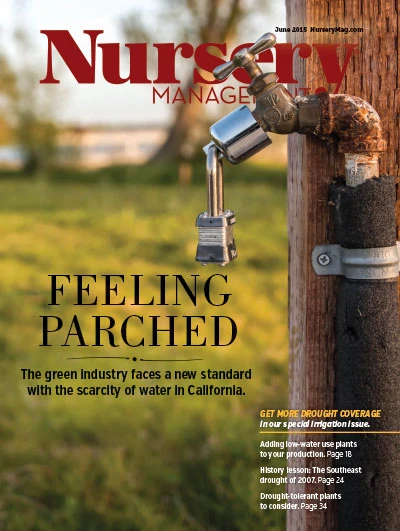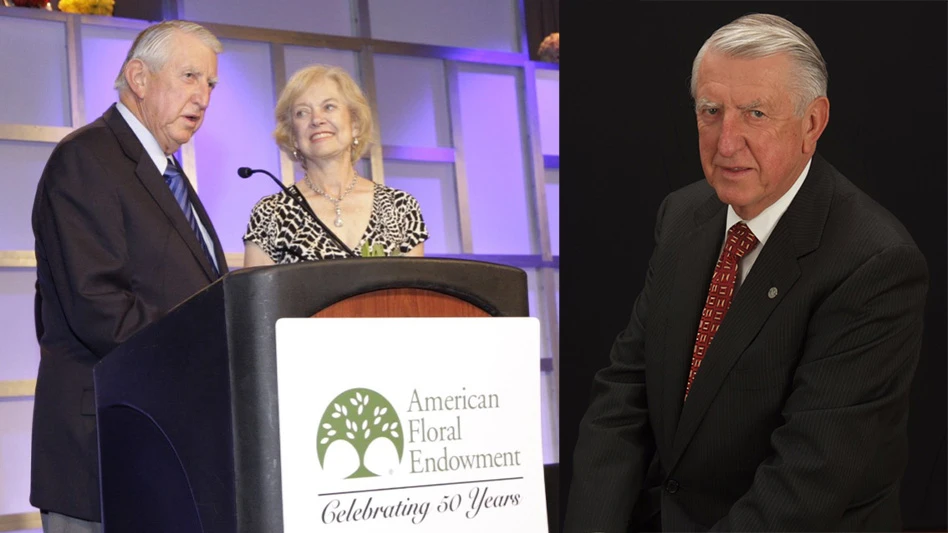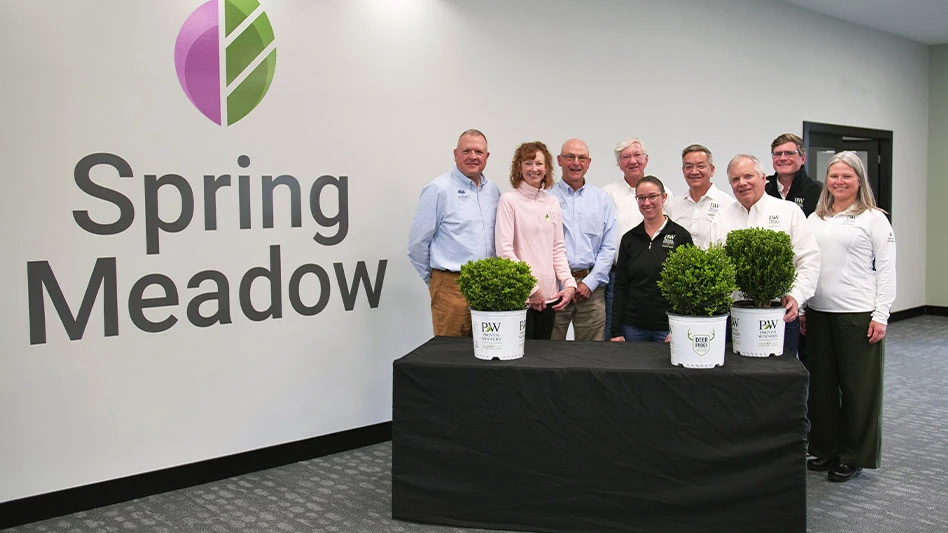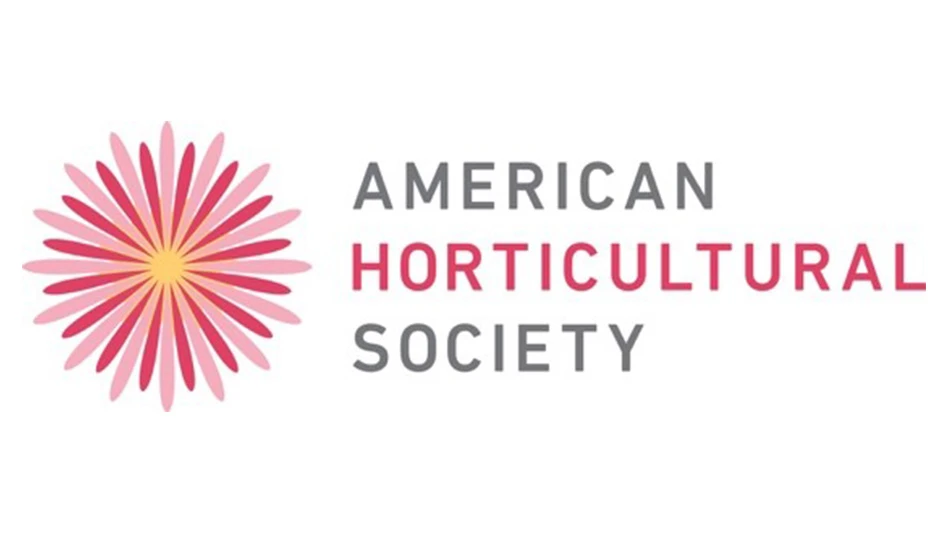 The Asian citrus psyllid is an aphid-like insect that feeds on the leaves and stems of citrus plants. The psyllid can carry and spread a deadly tree disease called Huanglongbing (HLB), also known as citrus greening disease. While not harmful to human health, there is no cure for this disease and infected trees will die. The best way to protect California citrus from the disease is to stop the spread of the Asian citrus psyllid.
The Asian citrus psyllid is an aphid-like insect that feeds on the leaves and stems of citrus plants. The psyllid can carry and spread a deadly tree disease called Huanglongbing (HLB), also known as citrus greening disease. While not harmful to human health, there is no cure for this disease and infected trees will die. The best way to protect California citrus from the disease is to stop the spread of the Asian citrus psyllid.
California’s Citrus Pest & Disease Prevention Program has partnered with nurseries to develop and distribute a best practices guide.
“It’s not just a California issue – we’ve got problems with ACP in Arizona, Texas, Florida, Louisiana, many different states,” says Victoria Hornbaker, citrus program manager, California Department of Food and Agriculture. “But for us in California, our big concern is we are in the process of trying to slow the spread of the pysllid in our state. The nurseries are a partner with us. Getting the information to the nurseries in as many ways as we can will help us gain the momentum to make sure it’s on their mind.”
The CPDPP collaborated with the University of California Cooperative Extension and the Department of Entomology at UC Riverside on the materials, which are designed to encourage nurseries to use best practices when working with citrus nursery stock to avoid spreading the Asian citrus psyllid.
CPDPP will partner with trade associations – such as the California Citrus Nursery Society, California Association of Nurseries and Garden Centers and Master Nursery Garden Centers – to distribute the information, and offer in-person or online training programs.
The facts about Asian Citrus Psyllid
Life cycle: Eggs are laid on tops of growing shoots on and between unfurling leaves. Females lay 300 to 800 eggs during their lifetime. Nymphs pass through five instars. The total life cycle requires from 15 to 47 days, depending on environmental factors such as temperature and season. The adults may live for more than a month.
Eggs: Eggs are about 0.3 millimeters long, elongated, and almond-shaped. Fresh eggs are pale in color, then, turn yellow, and finally orange at the time of hatching. Eggs are placed on plant tissue with the long axis vertical to the surface of the plant.
 Appearance: The head is light brown. The wings are broadest in the apical half, mottled, and with a dark brown band extending around the periphery of the outer half of the wing. The insect is covered with a whitish waxy secretion, making it appear dusty. Nymphs are generally yellowish orange in color, with large filaments confined to an apical plate of the abdomen.
Appearance: The head is light brown. The wings are broadest in the apical half, mottled, and with a dark brown band extending around the periphery of the outer half of the wing. The insect is covered with a whitish waxy secretion, making it appear dusty. Nymphs are generally yellowish orange in color, with large filaments confined to an apical plate of the abdomen.
Names:
Common name: Asian citrus psyllid (ACP)
Scientific name: Diaphorina citri (Kuwayama)
Order and family: Hemiptera: Psyllidae
Locations: Found in tropical and subtropical Asia, Afghanistan, Saudi Arabia, Reunion, Mauritius, parts of South and Central America, Mexico, the Caribbean, and in the U.S. (Alabama, Arizona, California, Florida, Georgia, Hawaii, Louisiana, Mississippi, South Carolina and Texas)
 Symptoms: The ACP feeds mainly on Citrus spp., at least two species of Murraya and several other genera all in the family of Rutaceae. Damage from the psyllids occurs in two ways: the first by drawing out of large amounts of sap from the plant as they feed and, secondly, the psyllids produce copious amounts of honeydew. The honeydew then coats the leaves of the tree, encouraging sooty mold to grow which blocks sunlight to the leaves. However, the most serious damage caused by ACP is due to its ability to effectively vector three phloem-inhabiting bacteria. These bacteria cause a disease known as huanglongbing (HLB), or citrus greening. In the past, these bacteria have been extremely difficult to detect and characterize. In recent years, DNA probes, electron microscopy and ELISA have improved detection. Symptoms of HLB include yellow shoots with mottling and chlorosis of the leaves, and fruit does not color properly. HLB is one of the most devastating diseases of citrus in the world. Once infected, there is no cure and infected trees will die within 10 years. The once flourishing citrus industry in India is slowly being wiped out by dieback. This dieback has multiple causes, but the major reason is due to HLB.
Symptoms: The ACP feeds mainly on Citrus spp., at least two species of Murraya and several other genera all in the family of Rutaceae. Damage from the psyllids occurs in two ways: the first by drawing out of large amounts of sap from the plant as they feed and, secondly, the psyllids produce copious amounts of honeydew. The honeydew then coats the leaves of the tree, encouraging sooty mold to grow which blocks sunlight to the leaves. However, the most serious damage caused by ACP is due to its ability to effectively vector three phloem-inhabiting bacteria. These bacteria cause a disease known as huanglongbing (HLB), or citrus greening. In the past, these bacteria have been extremely difficult to detect and characterize. In recent years, DNA probes, electron microscopy and ELISA have improved detection. Symptoms of HLB include yellow shoots with mottling and chlorosis of the leaves, and fruit does not color properly. HLB is one of the most devastating diseases of citrus in the world. Once infected, there is no cure and infected trees will die within 10 years. The once flourishing citrus industry in India is slowly being wiped out by dieback. This dieback has multiple causes, but the major reason is due to HLB.
The Guide
Nursery crews are an essential part of the solution, and are the front lines when it comes to homeowner education. Inform consumers about the threat of the Asian citrus psyllid and what they can do to help and follow these best practices in your nursery to control the spread of the psyllid.
- Minimize psyllid access to host plants by keeping citrus in screened-in structures, shaded areas or inside, if possible.
- Arrange the citrus trees in a way that encourages the sale of “older” plants first. Treatments done at the wholesale nursery are effective for upwards of three months from the time of treatment. Ensure a fast turnaround of citrus nursery stock before Asian citrus psyllid host plants become unprotected.
- Avoid removing new flush, which ultimately results in regrowth that attracts the Asian citrus psyllid.
- Properly dispose of citrus green waste. Double bag green waste to ensure it is not a carrier for psyllids.
If you find one: contact your county agricultural commissioner.

Explore the June 2015 Issue
Check out more from this issue and find your next story to read.
Latest from Nursery Management
- The HC Companies, Classic Home & Garden merge as Growscape
- Terra Nova releases new echinacea variety, 'Fringe Festival'
- Eason Horticultural Resources will now officially be known as EHR
- BioWorks receives EPA approval for new biological insecticide for thrips, aphids, whiteflies
- Ellen Mackenbach-Lakeman appointed new CEO of Dümmen Orange
- The Growth Industry Episode 3: Across the Pond with Neville Stein
- Southern Garden Tour sets 2025 dates for trial garden open houses
- New book explores plants that thrive in Rocky Mountains




